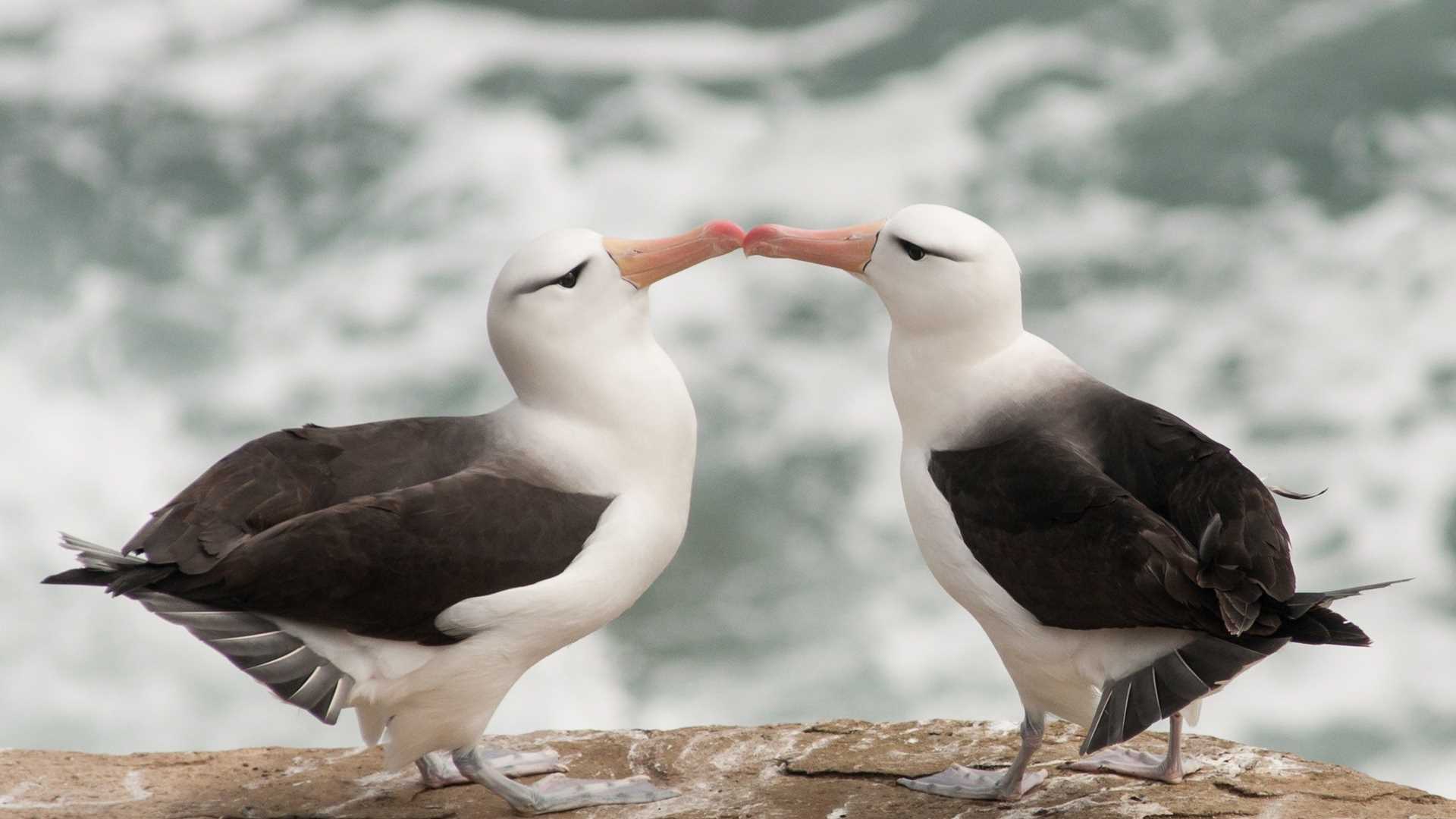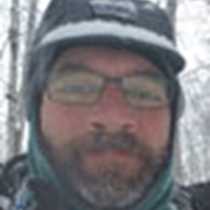Today we visited two of the outlying islands in West Falklands, both steeped in history and teeming with wildlife. Saunders Island, the site of the first British settlement of Port Egmont and established in 1765, sits northwest of West Falklands and is today an active sheep and cattle farm.
Owned by the Evans family since the mid-1960s, Saunders has more than 6,000 sheep, 200 cattle, and literally tens of thousands of nesting black-browed albatross; rockhopper,
At this time of year, most of these magnificent seabirds are incubating their single, precious egg, while younger, late-arriving birds are still courting and building their columnar mud-packed nests. It’s such a thrill to be able to sit nearly face-to-face with these creatures emblematic of the winds and waves.
Our afternoon operations took place on West Point Island, about 35 nautical miles southwest of Saunders and even more exposed to the near-constant winds from the west. Like Saunders Island, West Point is an active sheep farm and home to large colonies of albatross and penguins. West Point served as a reliable anchorage for sealing vessels in the early 1800s and was originally called Albatross Island. First settled in 1879 by Arthur Fenton, the sheep-shearing shed he built that year still stands today as does the settlement house built later. The ashes of Lars-Eric Lindblad, the founder of our company, were placed here in the garden around the house as a tribute after he brought the first visitors here in 1968.
Guests hiked or were shuttled in Range Rovers to the albatross and rockhopper colony at Devil’s Nose, probably the most famous wildlife feature on the island. After exploring for a while, we were treated to a fabulous tea service offered by gracious, local hosts. As the afternoon drew to a close, we were reluctant to leave such a wonderful and welcoming place, but more adventures are on the horizon. Just as our operation concluded, another ship pulled in the harbor. It was our sister ship, National Geographic Orion. It was a marvelous sight to see both our vessels alongside one another, surrounded by the beauty of the island in the early evening light. It was truly a splendid day in the Falkland Islands.







